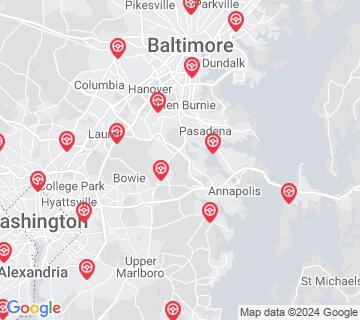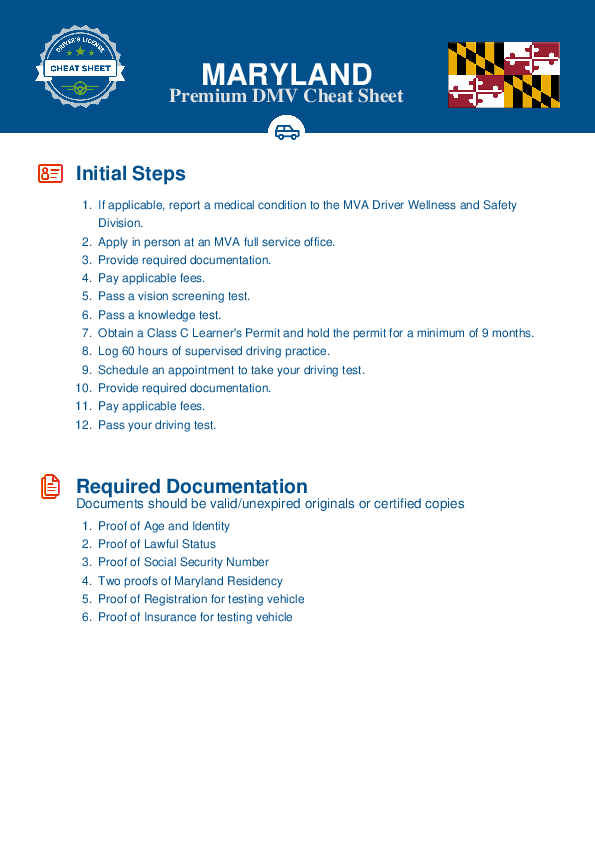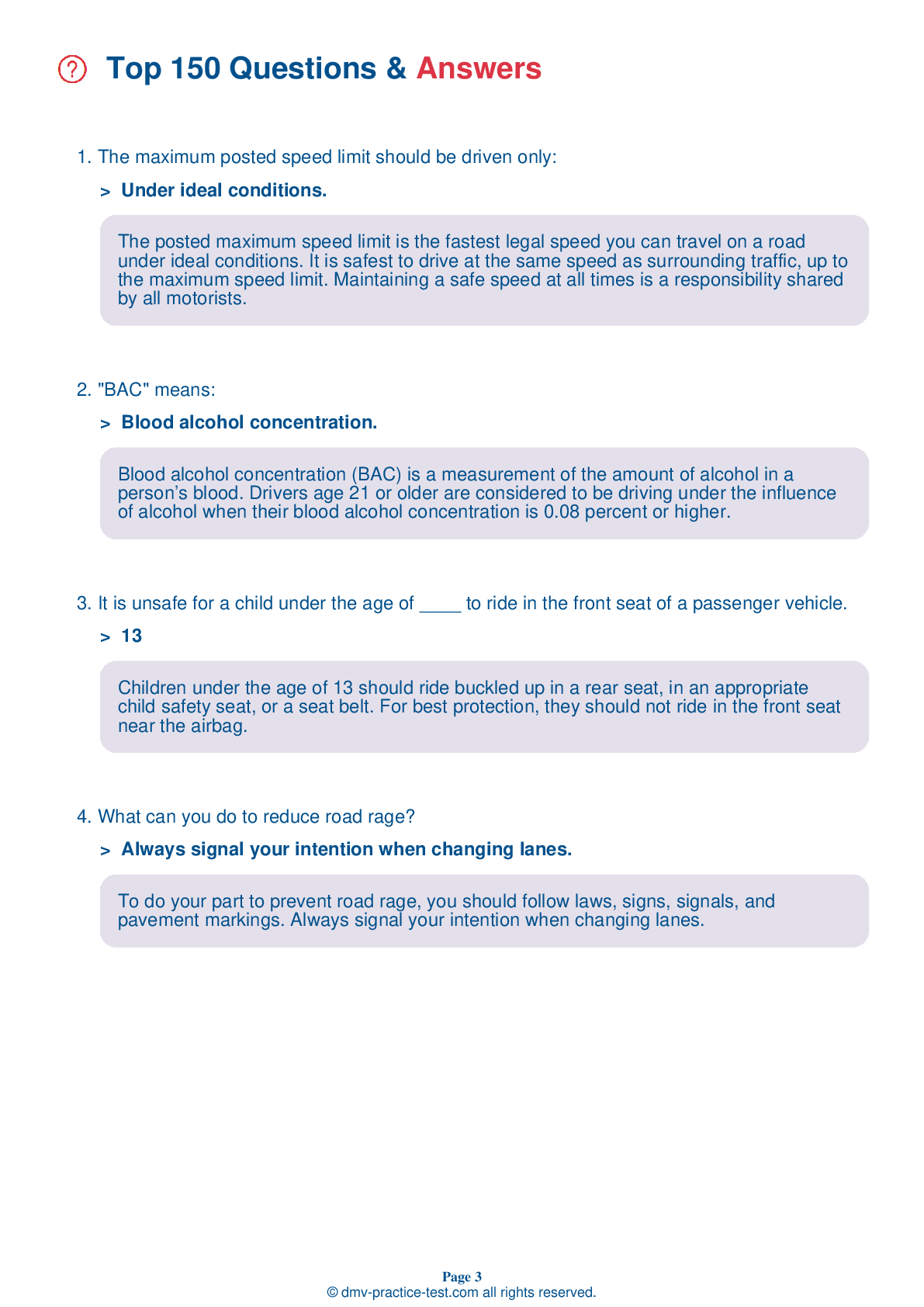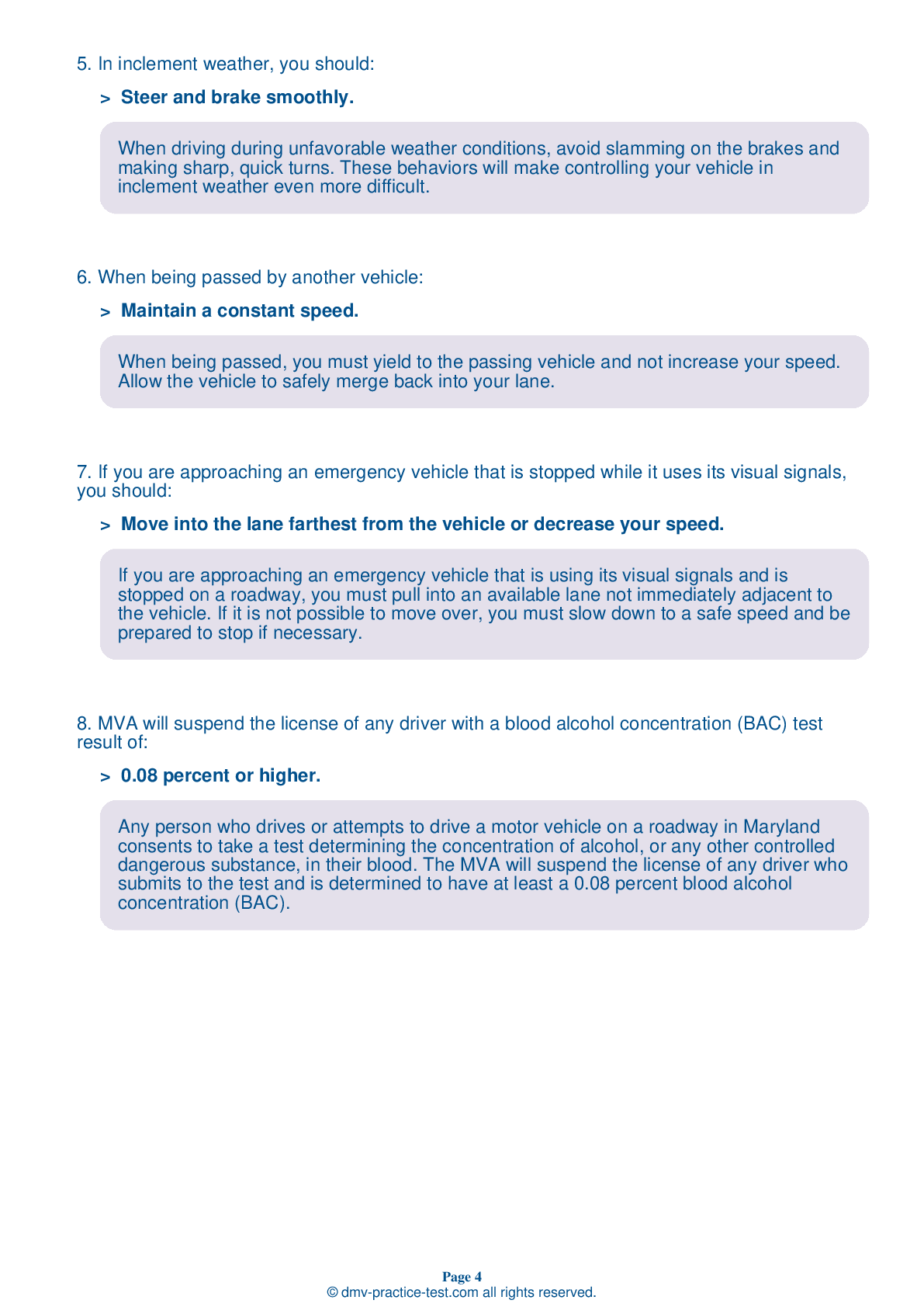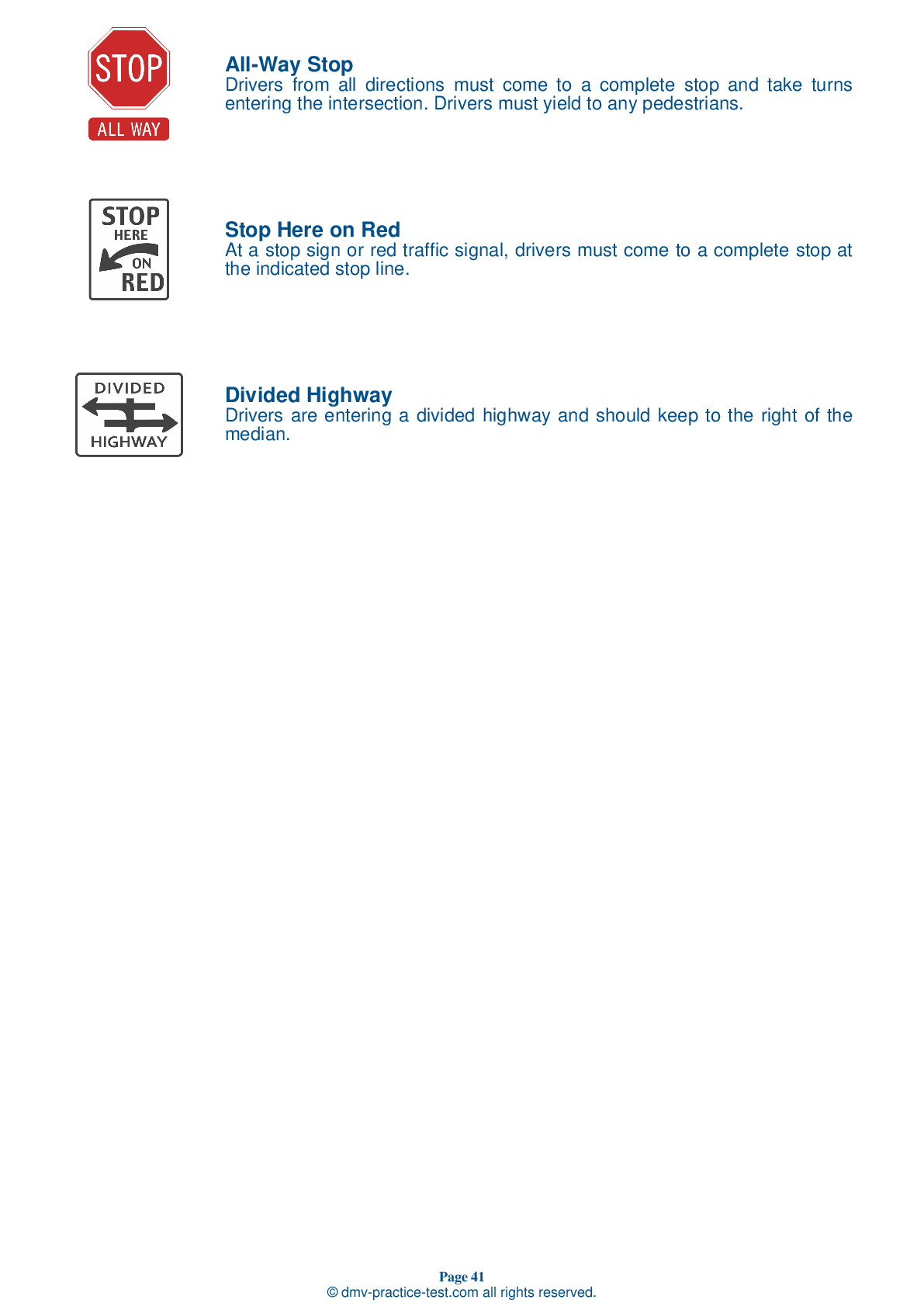FREE Maryland DMV Practice Test #16 Page 3 of 3
Maryland DMV practise examinations have been updated for January 2025. It includes questions based on the Maryland Driver Handbook's most essential traffic signals and regulations for 2025. Use actual questions that are very similar (often identical!) to the DMV driving permit test and driver's licence exam to study for the DMV driving permit test and driver's licence exam.
On the practise exam, each question gets a tip and explanation to help you remember the concepts. The written component of the official Maryland DMV test will include questions about traffic rules, traffic signs, and driving statutes, as well as knowledge from the Driver Handbook.
To obtain a passing grade, you must correctly answer 22 of the 25 questions. Take our DMV practise exam to help you prepare for your Maryland instruction permit or driver's licence.
The DMV exam is available in several languages.
Using any kind of testing assistance will result in an automatic fail, and the DMV may take additional action against your driver's licence, so stay away from it.
17 . When you see this yellow sign, you should:
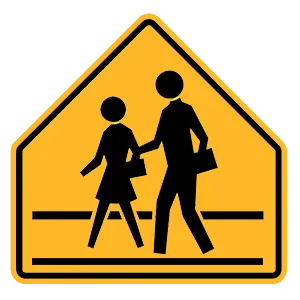
A five-sided sign indicates that you are near a school. Be aware and stop if children are in the crosswalk.
18 . What message will be found on this yellow pennant-shaped sign?

Pennant-shaped yellow signs like this are used to indicate a no passing zone.
19 . In a vehicle equipped with airbags, the safest place for children age 12 and under to ride is in:
While airbags provide supplemental protection for adults in the event of a crash, they pose a severe safety risk for children. Anyone age 12 or under should sit in the back seat of a vehicle with airbags.
20 . If you see a funeral procession, you:
A driver in a funeral procession facing a red signal may continue through or make a turn at the intersection. Other vehicles, even if they have a green signal, must yield the right-of-way to the vehicles in the funeral procession until all vehicles in the procession have passed.
21 . If you are driving and a tire suddenly goes flat, you should:
If a tire blows out or suddenly goes flat while you are driving, grip the steering wheel firmly and keep the vehicle aiming straight. Take your foot off the accelerator and do not brake. Allow the vehicle to slow by itself and use the brakes gently, but only if necessary. Pull off the road when it is safe to do so.
22 . This road sign means:
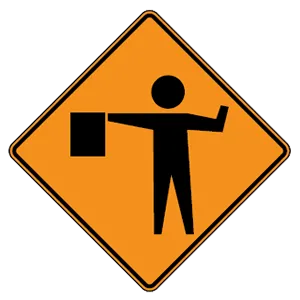
Orange is the standard color for work zone activity. If you see orange signs, cones, or barrels while driving, stay alert and be prepared for unexpected driving conditions. This sign alerts drivers to an upcoming flagger whose directions should be obeyed by all drivers.
23 . While driving at night, a vehicle coming toward you has its high beams on, making it hard for you to see the road ahead. You should:
If an oncoming driver fails to dim their high beams, you should avoid looking directly at the headlights. Instead, look toward the right edge of your lane and watch the oncoming vehicle out of the corner of your eye.
24 . An orange and red triangular sign on a vehicle always means:

Slow-moving vehicles, such as farm tractors, road maintenance vehicles, and animal-drawn carts, display an orange and red triangle on the back.
25 . Yellow lines separate:
Yellow lines mark the center of a road used for two-way traffic. A solid yellow centerline indicates that drivers may not cross the line to pass. A broken yellow centerline indicates that drivers may cross the line to pass, but only if passing would not interfere with traffic.
Search the best driving school in your neighbourhood
2025 Maryland | Frequently Asked Questions
1. Be at least 15 years and 9 months old.
2. Pass the vision exam.
3. Complete the Maryland MVA Online Driver Test Tutorial.
4. Pass the knowledge test.
5. Provide proof of identity, age, and Maryland residency.
6. Have a parent or guardian co-sign your application.
7. Pay the required fee.
Remember, you must hold your learner's permit for nine months before you can take the driving test.
